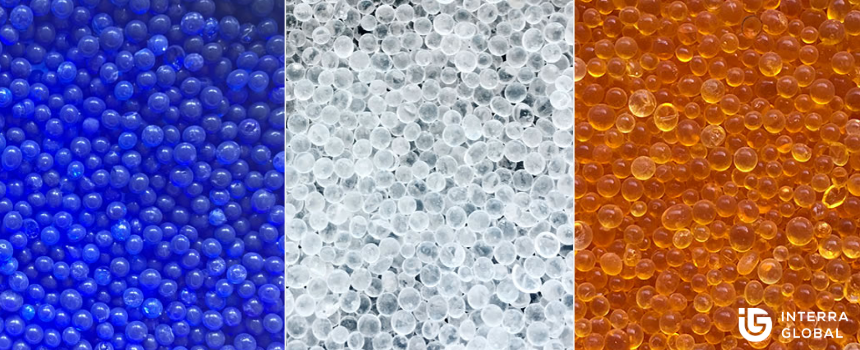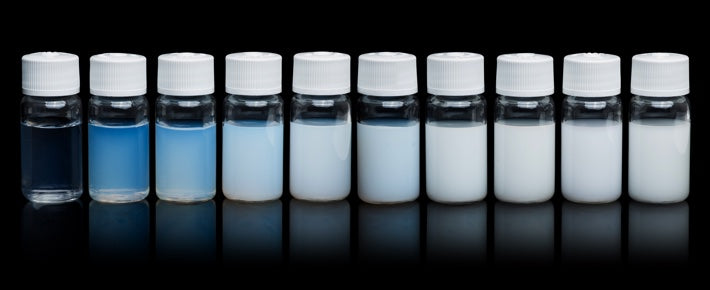This proposed guideline has been developed to assist employers and workers in taking reasonable precautions to control worker exposure to silica. Mooka pancha sathi pdf.

Silica, often referred to as quartz, is a very common mineral. It is found in many materials common on construction and oil & gas sites, including soil, sand, concrete, masonry, rock, granite, and landscaping materials.
Silica under normal conditions of temperature and pressure is a solid, crystallized mineral. It is relatively hard, rating a 7 on the Mohs scale, a scale used to measure the hardness of minerals. Developing a Silica Exposure Control Plan This guidance document is intended to assist employers to development an exposure control plan (ECP) that meets the requirements of the Occupational Health and Safety Regulation and protects workers from overexposure to silica dust. Silicon dioxide SiO2 or O2Si CID 24261 - structure, chemical names, physical and chemical properties, classification, patents, literature, biological activities. Q: How much silica is in the common food sources with the highest amounts of silica? A: There are a number of foods which are an excellent source of silica and they are: Banana (yellow, peeled), 250g - 13.60mg; Beer, 1L - 19.2mg; High bran cereal, 100g - 10.17mg; Bread (wholegrain), 200g - 8.94mg.

The dust created by cutting, grinding, drilling or otherwise disturbing these materials can contain crystalline silica particles. These dust particles are very small. You cannot see them. This respirable silica dust causes lung disease and lung cancer. It only takes a very small amount of airborne silica dust to create a health hazard.
Recognizing that very small, respirable silica particles are hazardous, the Occupational Safety and Health Administration (OSHA) regulation 29 CFR 1926.1153 requires construction employers to keep worker exposures at or below a Permissible Exposure Level (PEL) of 50 µg/m3 or comply with Table 1 – Specified Exposure Control Methods When Working With Materials Containing Crystalline Silica of the silica standard (click here to learn more about the construction standard). OSHA regulation 29 CFR 1910.1053 requires employers covered by the general industry standard, including oil and gas, to keep worker exposure at or below a Permissible Exposure Level (PEL) of 50 µg/m3 (click here to learn more about the general industry standard).
To learn more about the hazard…

- Protecting Workers from Silica Hazards in the Workplace Video, OSHA
- “Crystalline Silica Primer,” U.S. Department of the Interior
- Silica Exposure(video), WorkSafe BC
Silica Gel
Silica is one of the most common minerals in the earth’s crust. Glass, beach sand, silicone, and granite are all silica materials. Pepakura viewer 3 for silhouette cameo serial. Andy mckinney molly hatchet. There are two forms of silica – crystalline and noncrystalline. Crystalline silica is a bigger worry for the health of our lungs.
The most common form of crystalline silica is quartz, which is found in sand, gravel, clay, granite, diatomaceous earth, and many other forms of rock. Non-crystalline silica is found in glass, silicon carbide, and silicone. These materials are much less hazardous to the lungs.
Silicon Dioxide Carcinogen
When we talk about silica exposure we are talking about crystalline silica or quartz. Construction workers could be exposed to silica when cutting, grinding, drilling, sanding, mixing, or demolishing materials containing silica.
Silica Gel Dangers
The size of the airborne silica particles determines the amount of risk. Smaller particles can be inhaled deep into the lungs where they can cause damage. Larger particles, such as beach sand, are not as great a concern because they are too large to inhale.
